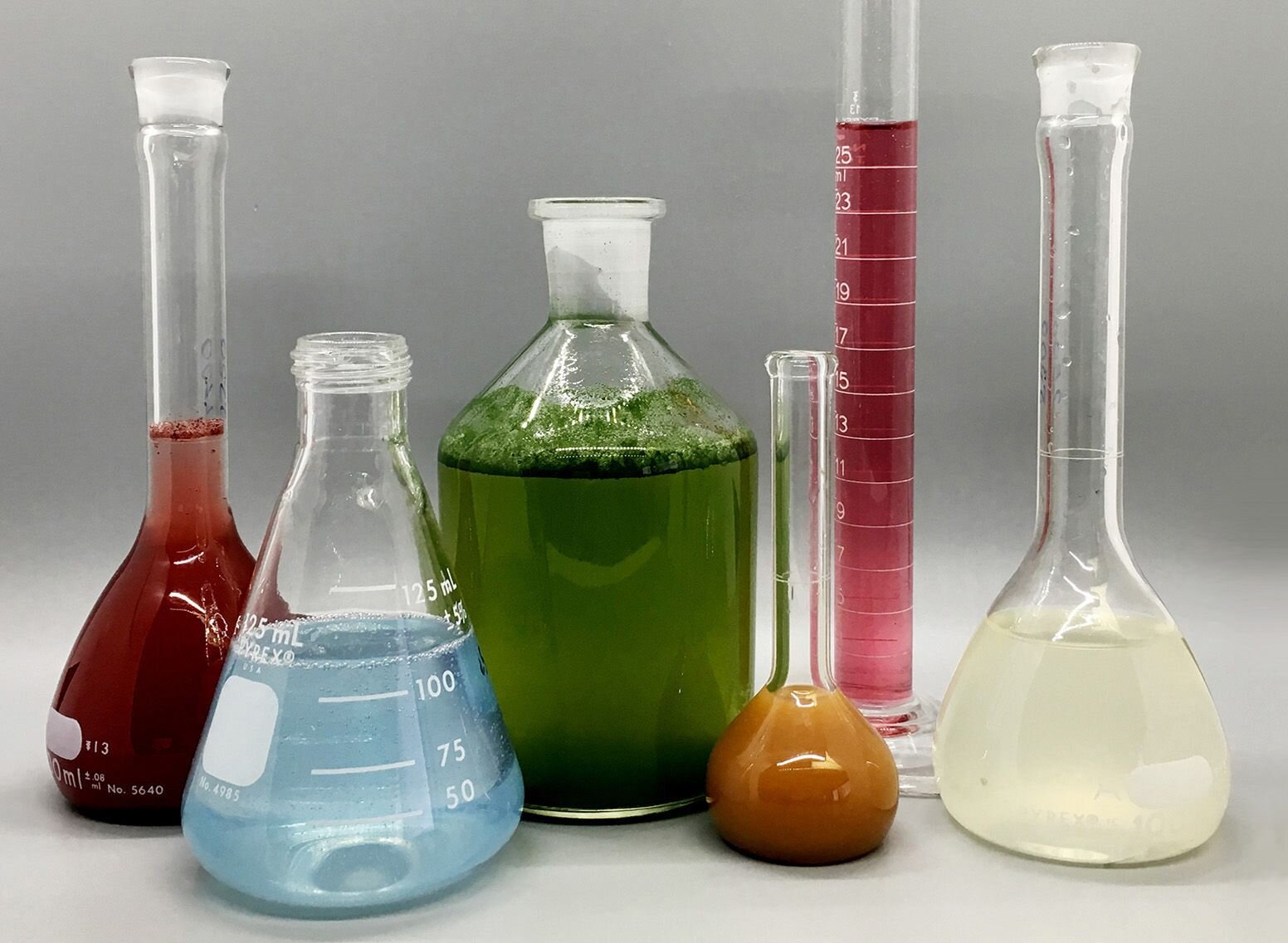3 Easy Facts About Circularly Polarized Luminescence Described
3 Easy Facts About Circularly Polarized Luminescence Described
Blog Article
The Single Strategy To Use For Circular Dichroism
Table of Contents7 Easy Facts About Uv/vis/nir ShownTop Guidelines Of Uv/visOur Uv/vis IdeasSpectrophotometers - The FactsMore About Uv/vis/nir

Spectrophotometry is a tool that hinges on the quantitative analysis of particles depending on how much light is taken in by colored compounds.
5 Simple Techniques For Uv/vis
A spectrophotometer is frequently used for the measurement of transmittance or reflectance of solutions, transparent or opaque solids, such as refined glass, or gases. Although many biochemicals are colored, as in, they absorb noticeable light and for that reason can be determined by colorimetric treatments, even colorless biochemicals can often be converted to colored compounds suitable for chromogenic color-forming reactions to yield substances suitable for colorimetric analysis.: 65 Nevertheless, they can also be created to determine the diffusivity on any of the listed light ranges that normally cover around 2002500 nm using different controls and calibrations.
An example of an experiment in which spectrophotometry is used is the determination of the stability constant of an option. A certain chemical reaction within a solution may take place in a forward and reverse instructions, where reactants form products and items break down into reactants. At some time, this chemical response will reach a point of balance called a balance point.
The Best Strategy To Use For Circular Dichroism
The quantity of light that passes through the service is a sign of the concentration of particular chemicals that do not enable light to go through. The absorption of light is due to the interaction of light with the electronic and vibrational modes of particles. Each type of particle has a private set of energy levels connected with the makeup of its chemical bonds and nuclei and therefore will soak up light of specific wavelengths, or energies, leading to distinct spectral homes.
The usage of spectrophotometers spans various scientific fields, such as physics, materials science, chemistry, biochemistry. spectrophotometers, chemical engineering, and molecular biology. They are commonly utilized in lots of industries consisting of semiconductors, laser and optical manufacturing, printing and forensic assessment, along with in laboratories for the research study of chemical substances. Spectrophotometry is typically utilized in measurements More Help of enzyme activities, determinations of protein concentrations, decisions of enzymatic kinetic constants, and measurements of ligand binding reactions.: 65 Ultimately, a spectrophotometer is able to determine, depending upon the control or calibration, what substances exist in a target and precisely just how much through estimations of observed wavelengths.
This would come as a solution to the previously created spectrophotometers which were not able to absorb the ultraviolet properly.
The smart Trick of Circular Dichroism That Nobody is Talking About
It would be discovered that this did not provide acceptable results, therefore in Design B, there was a shift from a glass to a quartz prism which permitted for much better absorbance results - UV/Vis/NIR (https://hubpages.com/@olisclarity1). From there, Design C was born with a modification to the wavelength resolution which ended up having three systems of it produced
It irradiates the sample with polychromatic light which the sample absorbs depending upon its properties. Then it is sent back by grating the photodiode array which detects the wavelength region of the spectrum. Considering that then, the development and application of spectrophotometry devices has actually increased immensely and has turned into one of the most ingenious instruments of our time.

Circularly Polarized Luminescence Fundamentals Explained
The grating can either be movable or fixed.
In such systems, the grating is fixed and the strength of each wavelength of light is determined by a different detector in the array. Furthermore, most modern mid-infrared spectrophotometers utilize a Fourier transform method to acquire the spectral details - https://www.callupcontact.com/b/businessprofile/Olis_Clarity/8903776. This strategy is called Fourier change infrared spectroscopy. When making transmission measurements, the spectrophotometer quantitatively compares the portion of light that goes through a recommendation solution and a test solution, then electronically compares the intensities of the two signals and computes the portion of transmission of the sample compared to the recommendation standard.

Report this page